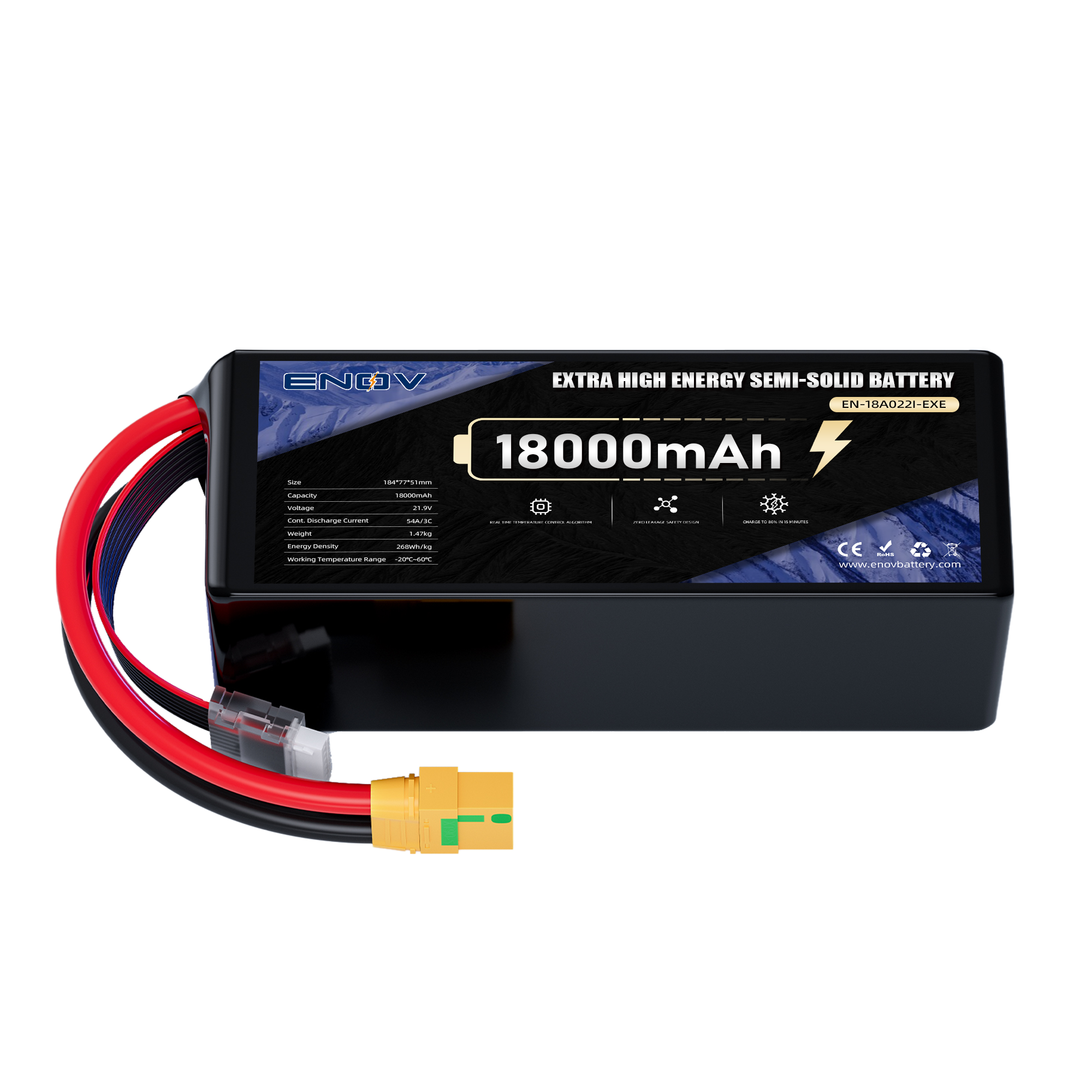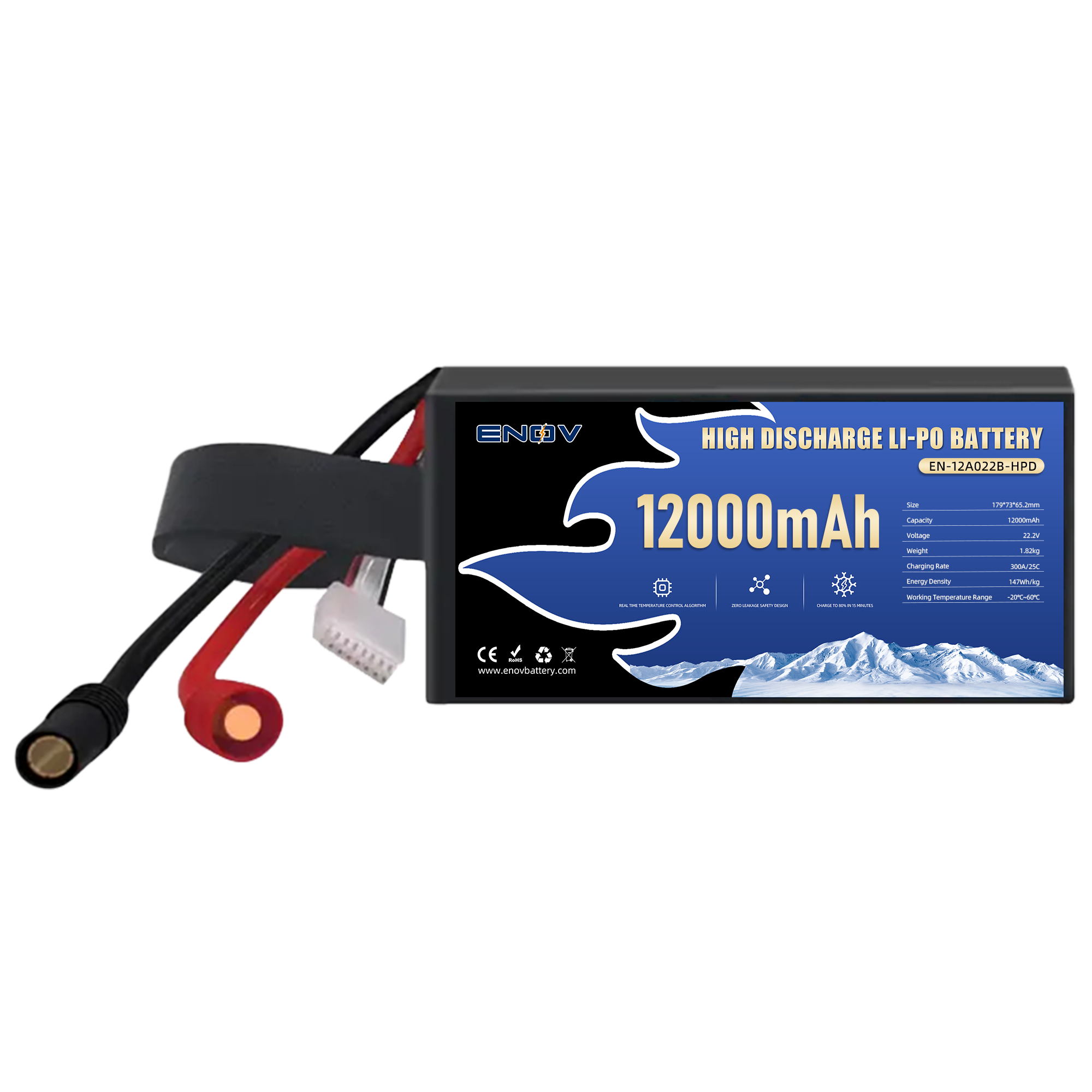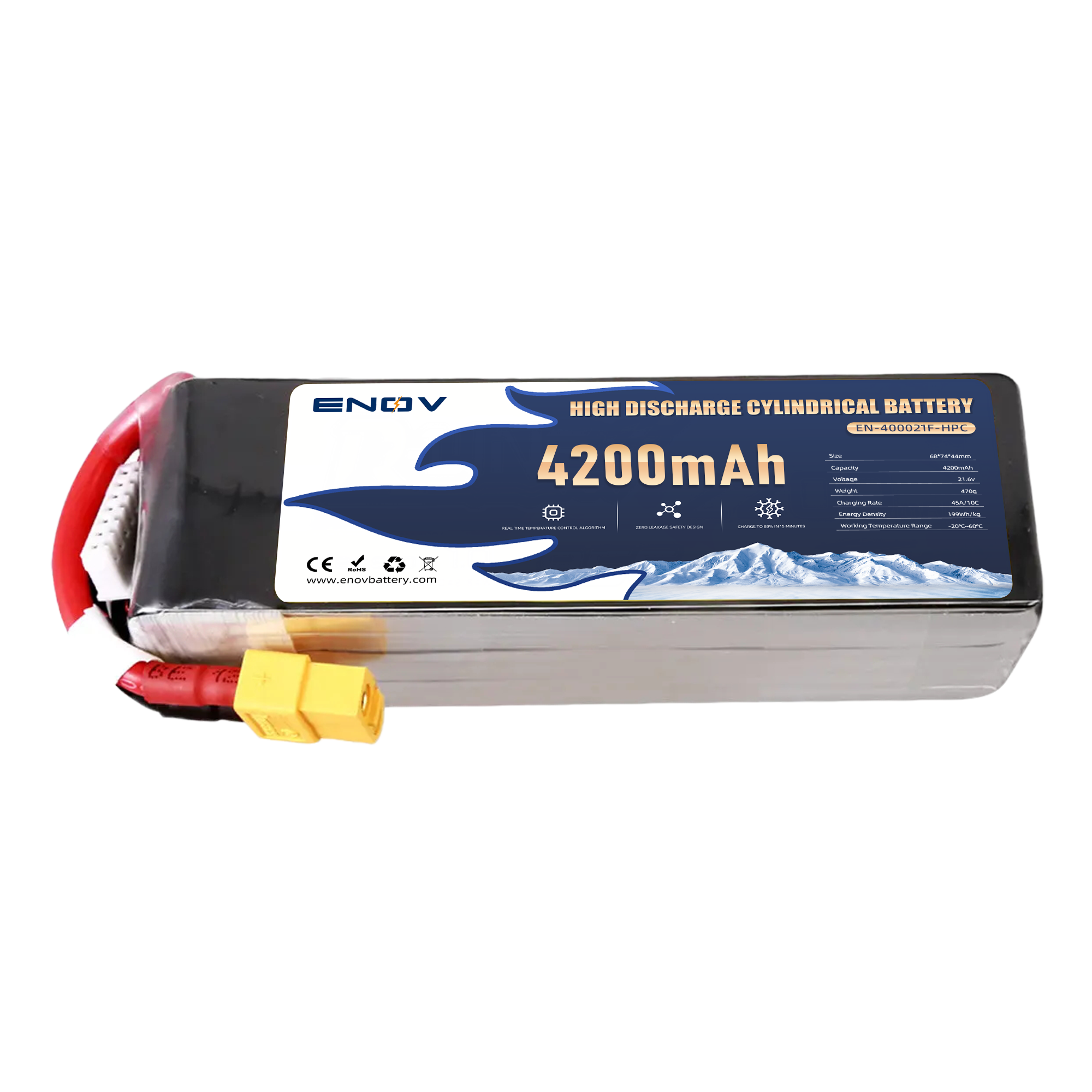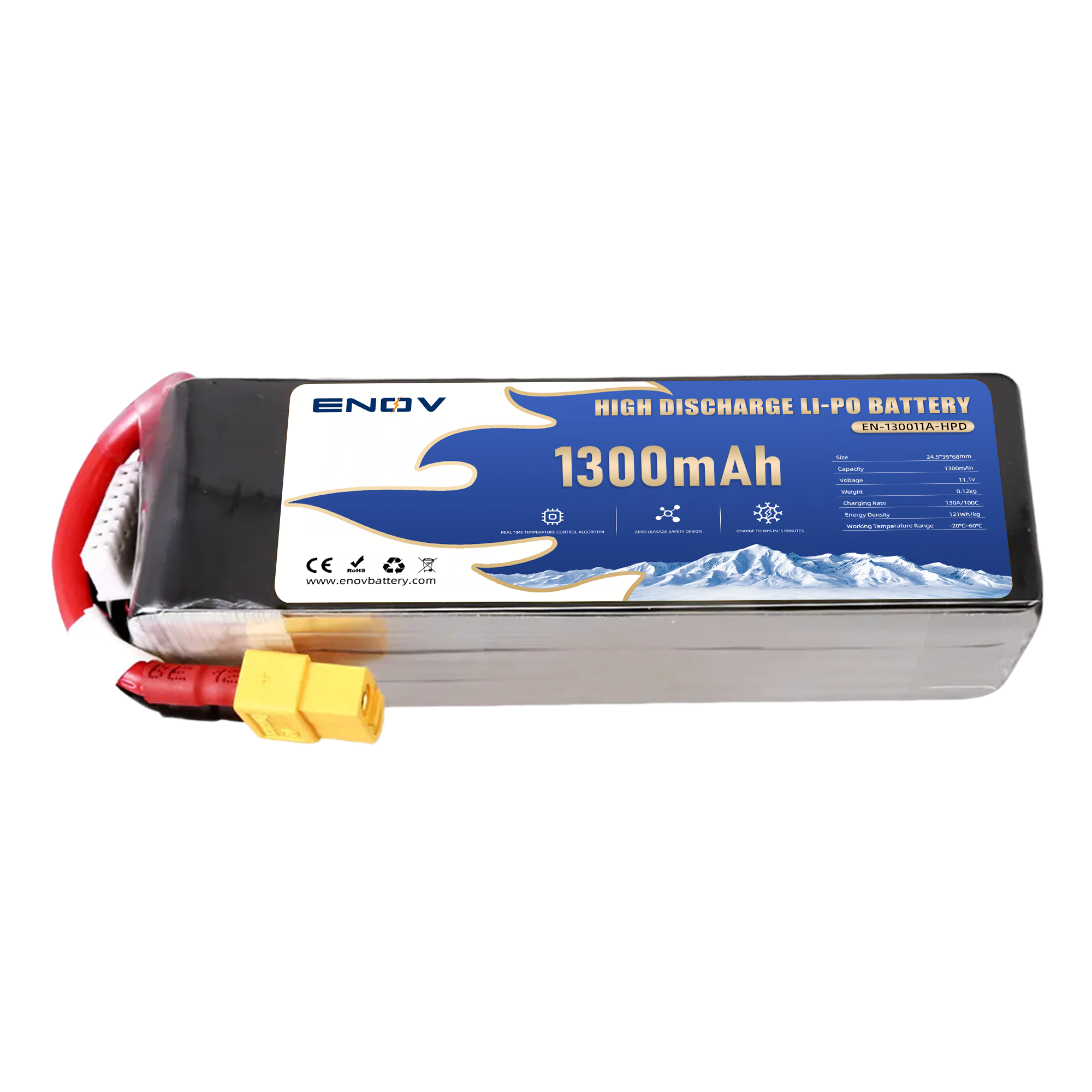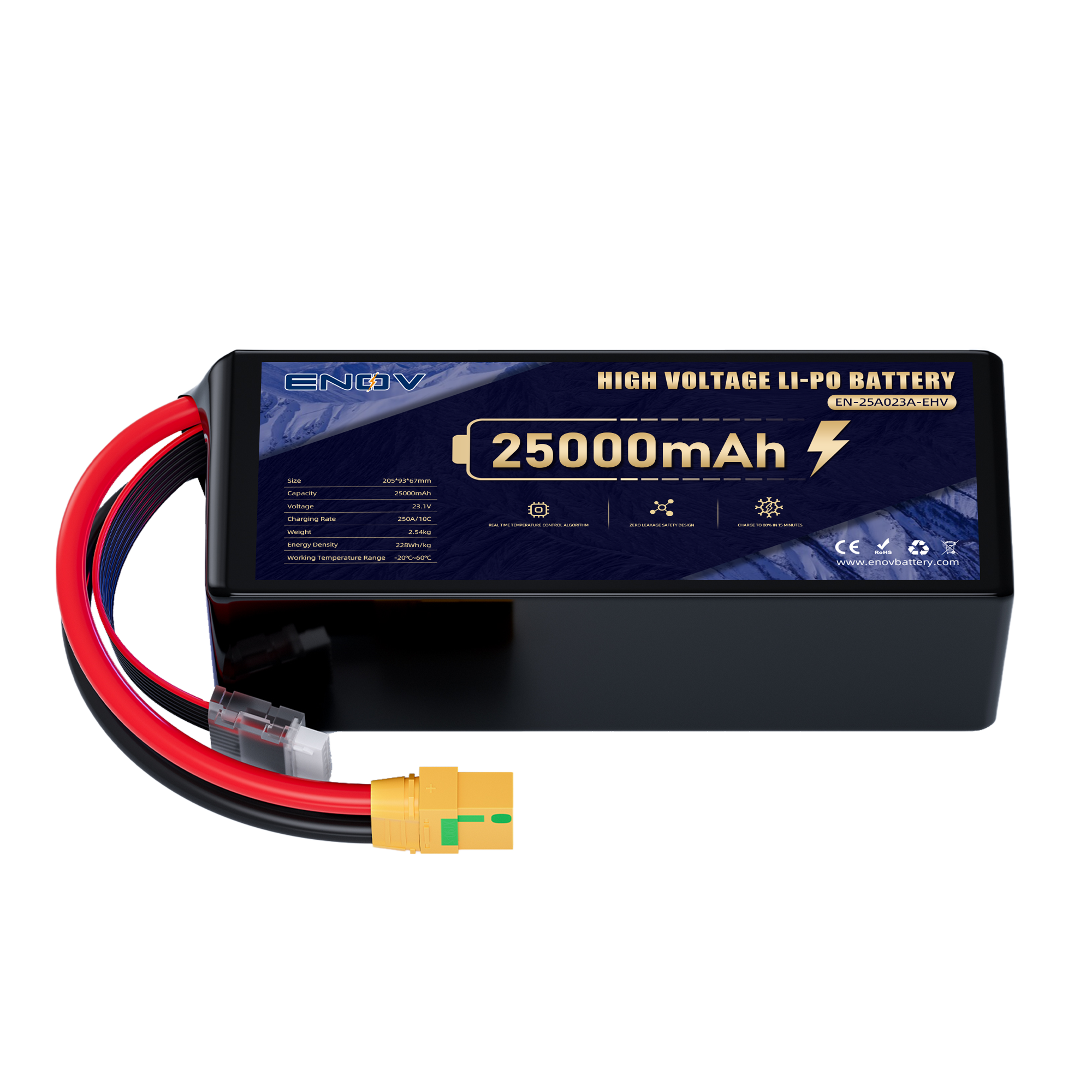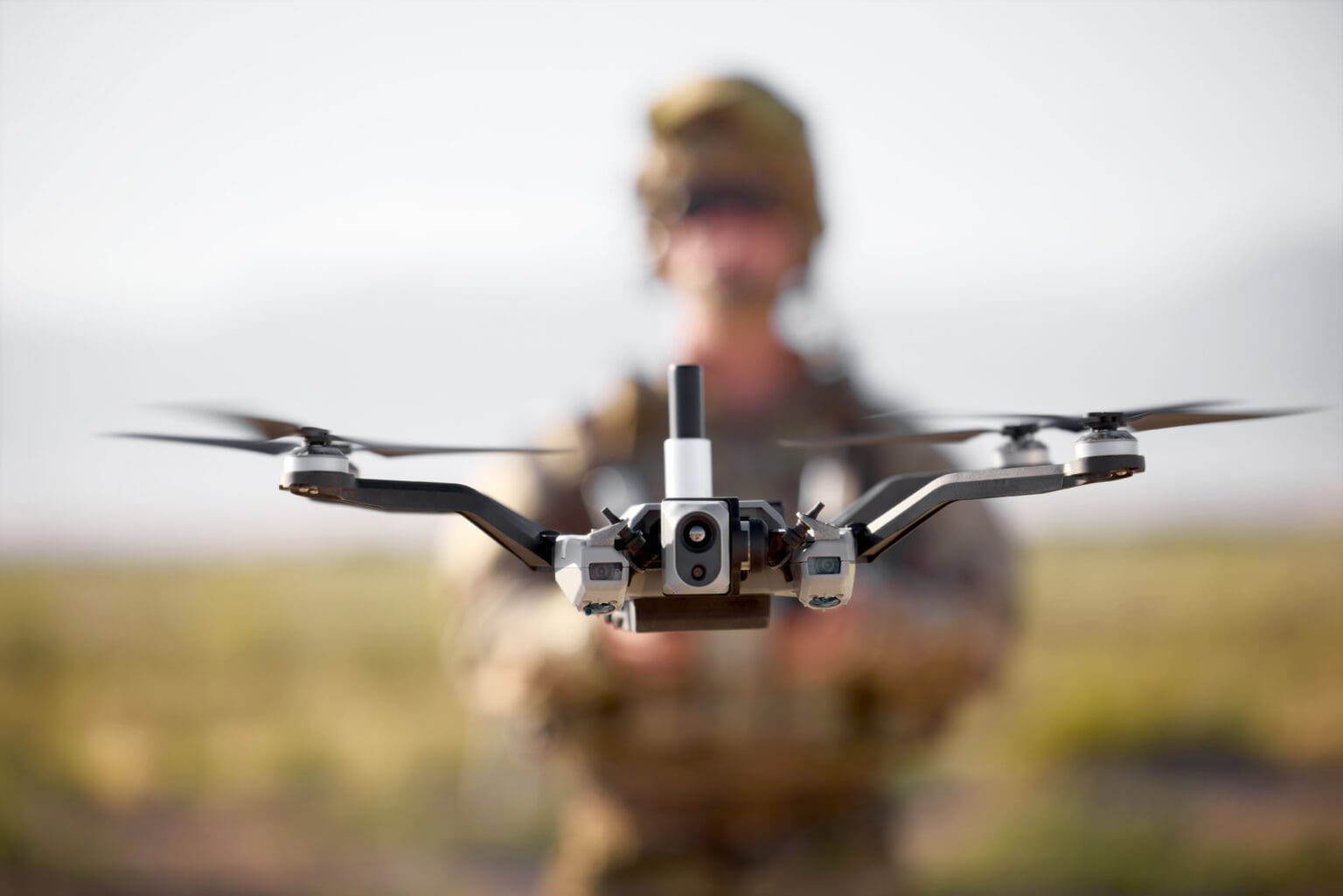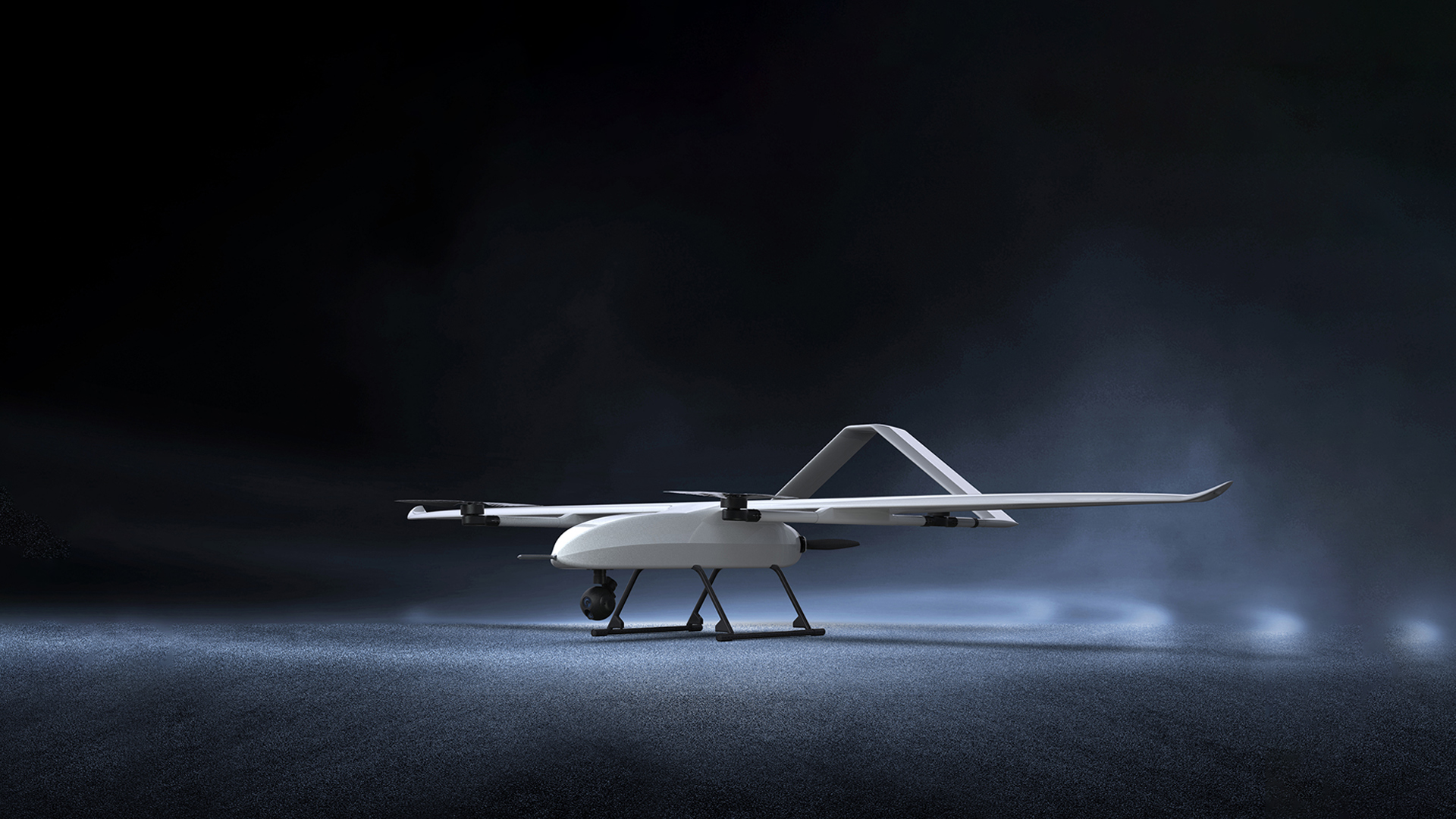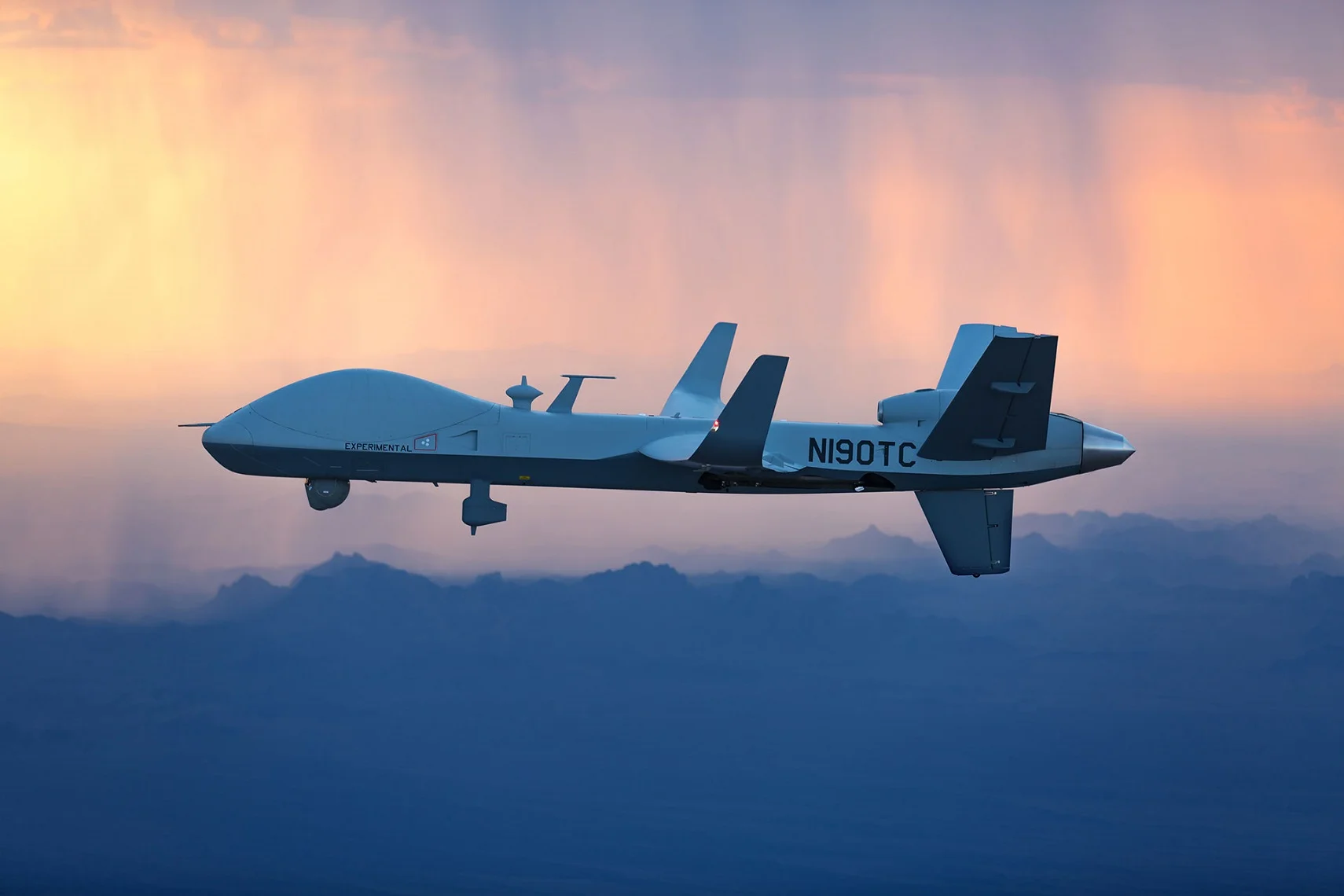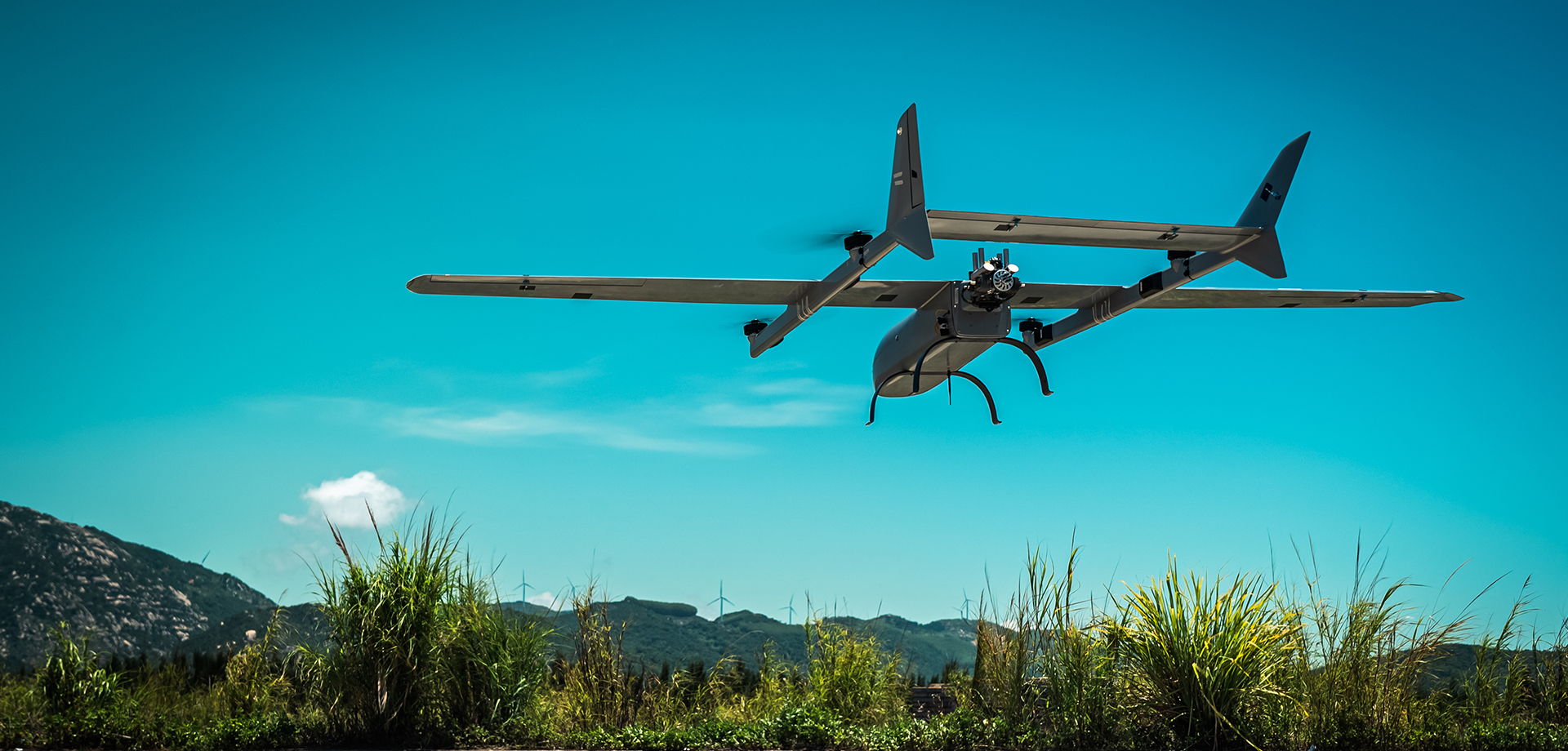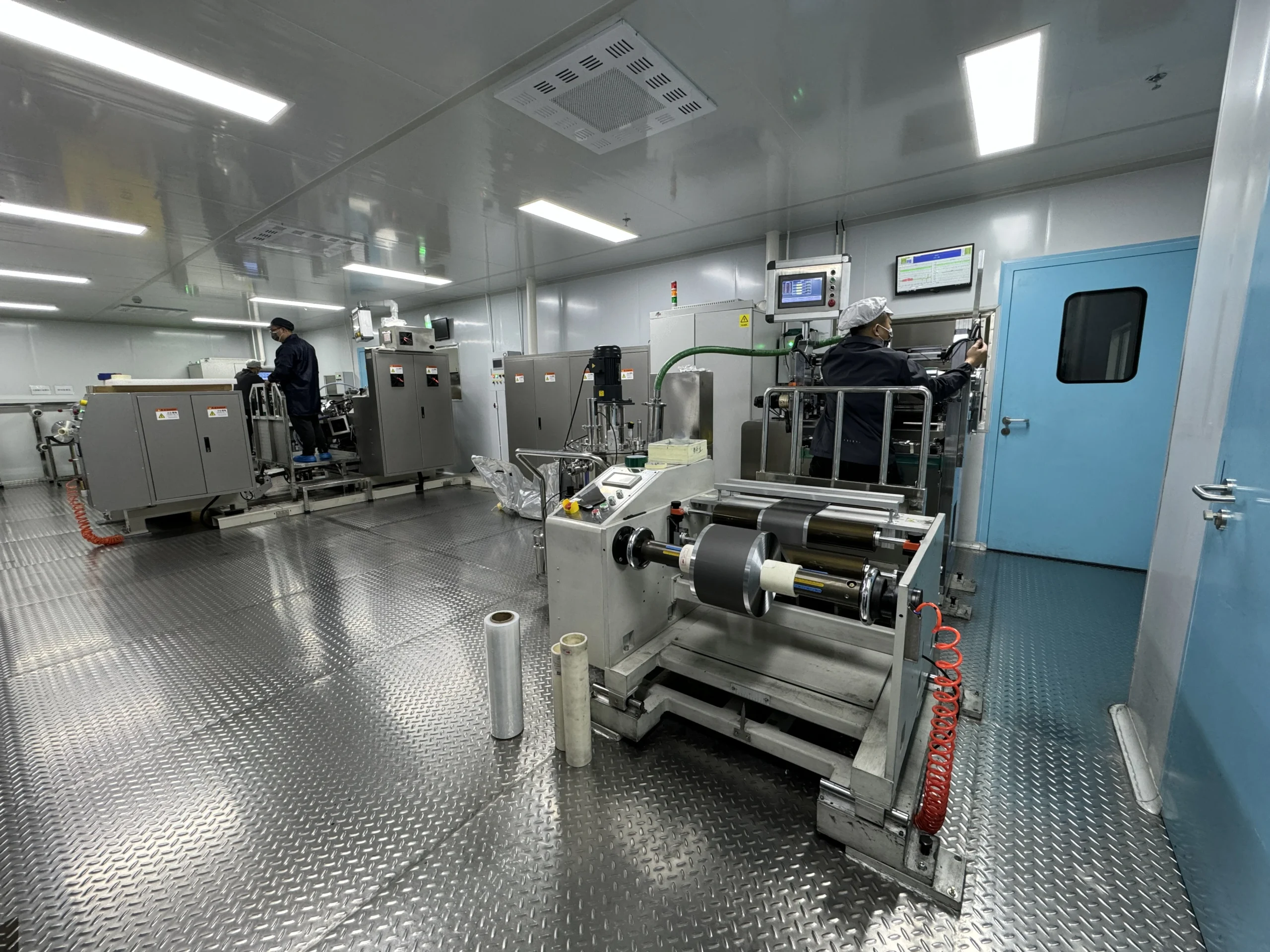Decoding C-Ratings: Why Discharge Rate Matters for Your Drone
C-Ratings and discharge rate are critical yet often misunderstood specifications that directly impact your drone’s power delivery, flight performance, and battery health. Whether you’re racing, filming, or conducting inspections, choosing the right C-Rating ensures your battery can meet energy demands without overheating or degrading prematurely. This guide breaks down how discharge rates work, their practical implications, and how to select the optimal C-Rating for your needs.
main content
What Are C-Ratings?
A C-Rating indicates a battery’s safe discharge rate, or how quickly it can release stored energy. For example, a 50C battery discharges 50 times its capacity (in amps) continuously. A 5000mAh 50C battery can safely deliver 250A (5000mAh × 50 / 1000). Higher C-Ratings support power-hungry tasks like aggressive maneuvers but require robust thermal management to avoid overheating.
Why Discharge Rate Affects Performance
Drones demand sudden bursts of power during acceleration or altitude changes. A low C-Rating battery may struggle to supply enough current, causing voltage drops that reduce motor speed or trigger emergency landings. Conversely, a high C-Rating ensures stable power delivery under stress. For instance, FPV racers use 100C+ batteries to maintain responsiveness during sharp turns, while photography drones with steadier loads may opt for 30–50C.
Calculating Your Drone’s Power Requirements
To determine the ideal C-Rating, calculate your drone’s maximum amp draw. Multiply the battery’s capacity (in Ah) by its C-Rating: a 4000mAh 75C battery provides 300A (4Ah × 75). Ensure this value exceeds your drone’s peak amp demand, which varies by motor size and propeller load. Underspecifying C-Ratings risks overheating, while overspecifying adds unnecessary weight.
Balancing C-Ratings with Battery Longevity
High C-Ratings enable powerful performance but accelerate wear. Pushing a 50C battery to its limit generates heat that degrades cells over time. To extend lifespan, choose a C-Rating 20–30% higher than your drone’s maximum needs. For example, if your drone draws 80A peak, a 5000mAh 25C battery (125A) offers a safety buffer. This reduces stress and maintains efficiency across hundreds of cycles.
Thermal Management and Safety
High discharge rates produce heat, which can swell or damage LiPo batteries. Always monitor temperatures during flights using telemetry systems or infrared thermometers. Batteries exceeding 140°F (60°C) risk thermal runaway. Ensure proper airflow around the battery compartment and avoid consecutive high-power flights without cooling breaks.
C-Ratings in Different Drone Applications
Racing Drones: Require 100C+ ratings for rapid throttle responses. Aerial Photography: Moderate 30–50C ratings suffice for smooth, sustained flights. Heavy-Lift Drones: Need 50–75C to handle payloads without voltage sag. Match your C-Rating to your drone’s purpose to avoid overpaying for unnecessary specs or compromising on power.
Myths About C-Ratings Debunked
A common misconception is that higher C-Ratings always mean better performance. In reality, excess capacity wastes weight and money if not utilized. Another myth is that all batteries labeled with the same C-Rating perform equally—actual output varies by brand quality and cell consistency. Always test batteries under real-world conditions.
Future Trends in Battery Discharge Tech
Advances like graphene hybrids and solid-state electrolytes aim to boost discharge rates while reducing heat. Smart batteries with adaptive C-Ratings, which adjust output based on real-time demands, are also emerging. Staying updated on these innovations helps pilots adopt safer, more efficient power solutions.
Final Recommendations
Selecting the right C-Rating requires understanding your drone’s power needs and balancing performance with longevity. Prioritize reputable brands that rigorously test their C-Rating claims, and regularly inspect batteries for swelling or voltage drops. By optimizing discharge rates, you’ll enhance flight reliability, safety, and overall enjoyment.
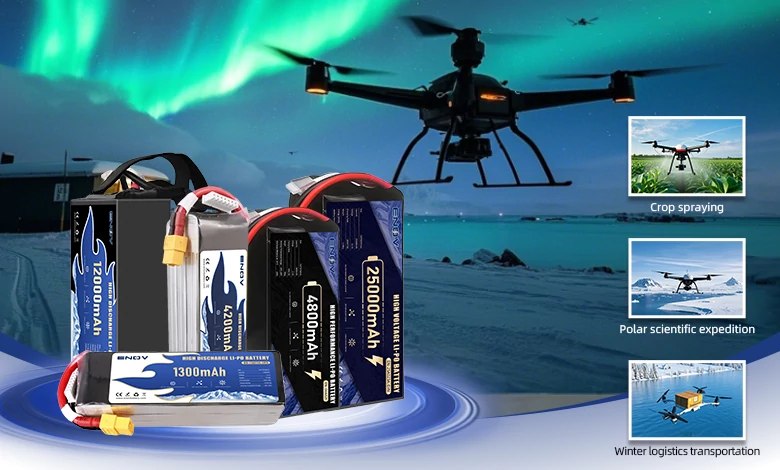
UAV DRONE battery
Enov UAV battery has the most advanced UAV battery new technology, it has a lightweight structural design, ultra-high energy density, stable continuous discharge, customized ultra-high instantaneous discharge, wide temperature working range, stable charge and discharge, battery materials can choose high nickel terpolymer positive/silicon carbon negative material system combined with semi-solid battery technology. Or choose a more mature application of more UAV lithium battery technology, available UAV battery nominal voltage 3.7V, capacity 18.0Ah ~ 30.0Ah, support 10C continuous discharge and 120C pulse discharge (3 seconds). With ultra-high energy density (220-300Wh/kg) as its core advantage, Enov UAV batteries can meet the needs of long-term endurance scenarios such as plant protection drones and transport drones, while maintaining stable emission performance in extremely low temperature environments (-40℃).
Other products
START-STOP LITHIUM BATTERY
LITHIUM ENERGY STORAGE BATTERY
QUICK INQUIRY
FAQ
Access to high frequency technical questions with one click, get accurate answers on product application, after-sales policy and customization process.
Service and Support
Get the latest product specifications, explore professional OEM/ODM customization services, click to open exclusive technical support and production solutions.
Become a Partner
We sincerely invite resources to interconnect, work together for win-win development, and immediately open a new chapter of strategic cooperation!
